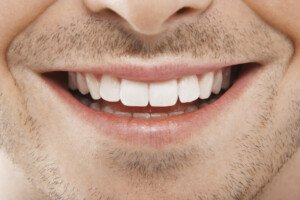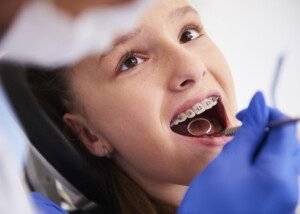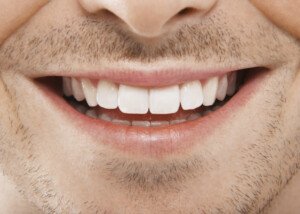If you think braces are only for preteens and high schoolers, you are wrong.
In fact, the American Association of Orthodontists estimates that more than one million of their patients who have come to fix gap in teeth are 18 or older.
A study conducted for the American Association of Orthodontists states that 75% of adults who were surveyed reported an improvement in the personal or professional front of their life and attributed it to their post-braces smile.
So, if you’re looking for orthodontic treatment, don’t let your age be a factor in stopping you. Adults can have braces too, and rock them.
There are several orthodontic problems that can be solved with the help of teeth-straightening through braces, all of which are grouped under one common umbrella term: malocclusion.
Occlusion means the alignment of the teeth, hence the prefix “mal” before it, which means misaligned bite.
Teeth straightening through braces can repair a misaligned bite.
Different Types of Malocclusion
● Crossbite
Crossbite occurs when the upper teeth don’t come down on your lower teeth when biting and chewing food.
● Overbite
Overbite occurs when the upper front teeth overlap the lower front teeth.
● Underbite
Underbite occurs when the lower front teeth overlap the upper front teeth when your mouth is closed. People who suffer from underbites also have a prominent lower jaw.
● Openbite
As the name suggests, an open bite is where the front teeth don’t overlap the lower teeth. Generally, there is a gap between the front teeth, even when you close your mouth.
● Crowding
Overlapping teeth can also be a dental problem since this means that teeth will grow unevenly, and it will be hard to clean them.
● Diastema
The medical name of having a gap between your teeth is known as a diastema.
● Teeth Protrusion
Upper teeth extending on top of your lower teeth are known as upper teeth protrusion.
Yes, getting braces for malocclusion is necessary not only to fix your smile, but malocclusion can cause serious dental problems.
Problems Caused by a Bad Bite
If your teeth are not correctly aligned, it’s hard to clean between them, leading to the formation of dental plaque and cavities.
Not only that, but if food particles get stuck between your teeth, they can lead to gum infection and gum disease.
Severe cases of malocclusion can lead to digestion problems because you can’t chew food properly because of misaligned teeth.
A bad bite can also cause problems with pronouncing words correctly, and severe cases can even cause a lisp.
Yes, malocclusion is a scary dental problem, but there is an easy solution: getting braces.
While you might feel self-conscious about getting traditional braces, or might be worried about the cost of getting invisible aligners, there’s a solution for each of these problems.
Solutions
There are traditional metal braces available to fix the various bite alignment problems ranging from mild to severe and are super cost-effective.
Clear aligners are great for people who are self-conscious about getting metal braces. No one will notice that you have invisible aligners when you smile, unlike with metal braces.
But aligners are more expensive and are only recommended for patients with mild malocclusion problems.
If you think you might need braces, then you should make an appointment with your orthodontist before dental problems start causing havoc on your health!
 Dr. Thurman has a thriving orthodontics practice in the Fresno/Clovis, CA, area where he enjoys creating beautiful smiles and healthy bites that last a lifetime. Learn more at Thurman Orthodontics.
Dr. Thurman has a thriving orthodontics practice in the Fresno/Clovis, CA, area where he enjoys creating beautiful smiles and healthy bites that last a lifetime. Learn more at Thurman Orthodontics.
.



























